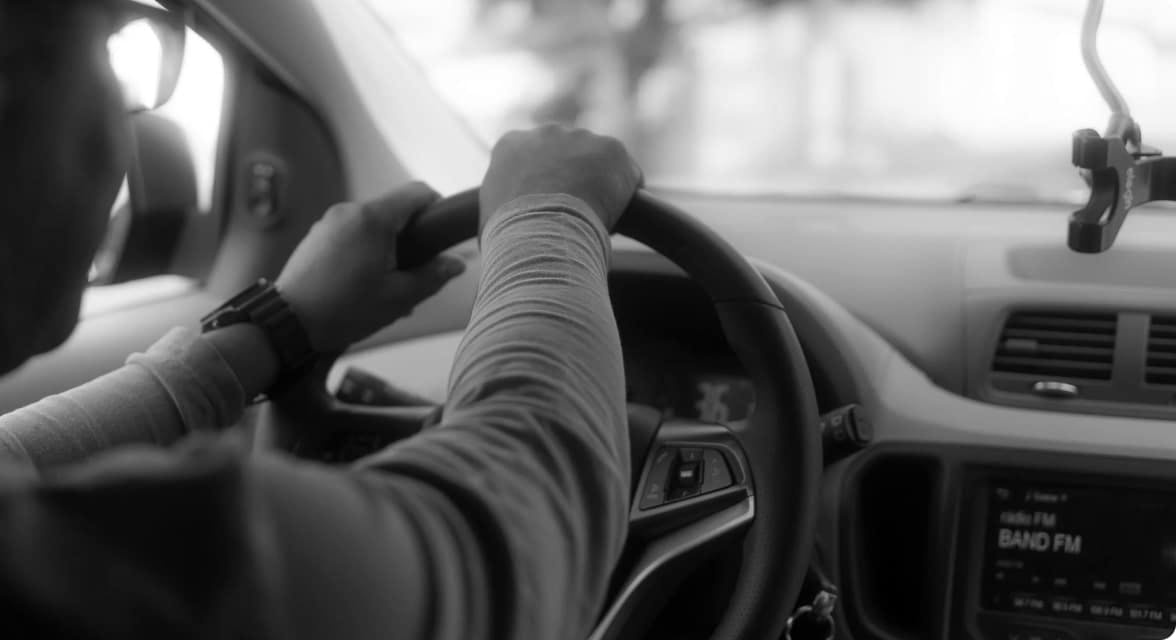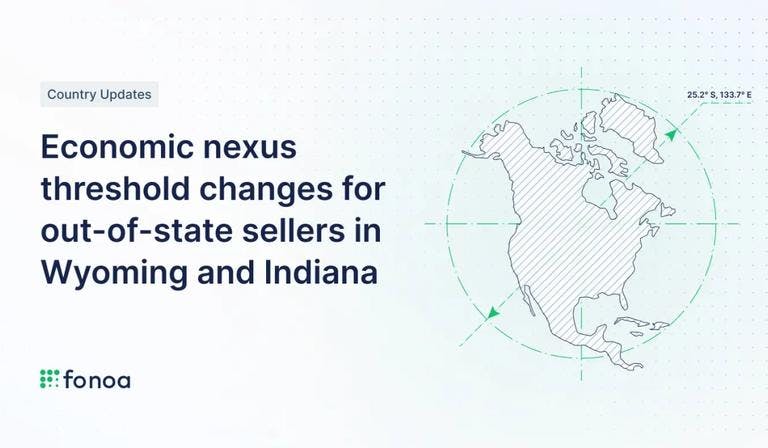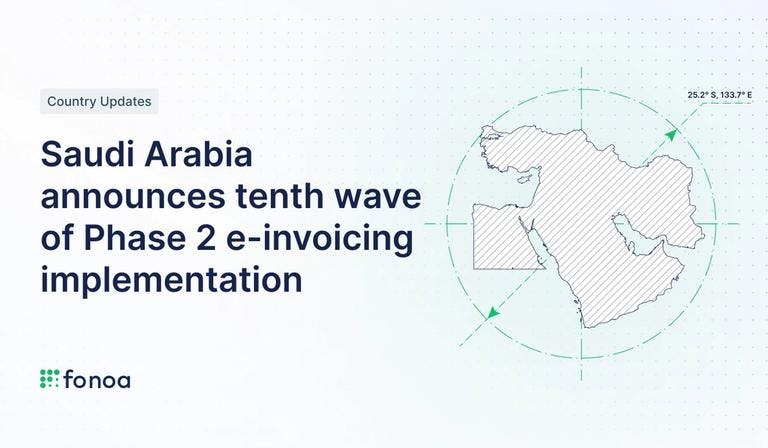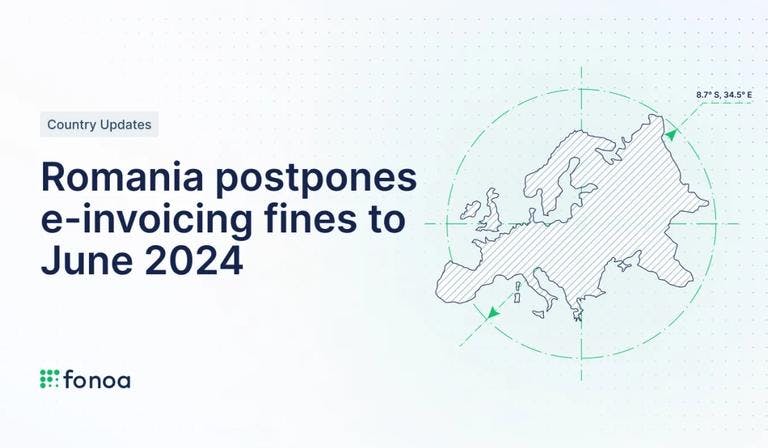Italy E-invoicing & Digital Reporting Guide
Italy Electronic Invoicing and Digital Reporting Requirements
Questions About E-Invoicing in Italy?
Contact our expertsBackground
The Exchange System, managed by the Revenue Agency, is a computer system that is enabled to:
- receive invoices in the form of files with the characteristics of the FatturaPA;
- carry out checks on the files received;
- forward the invoices to the recipient, that being public administrations or to private assignees/customers (B2B and B2C).
Italy has gradually introduced the E-Invoicing system, called the “Exchange System” (”Sistema di Interscambio”), in several phases.
- In April 2015, the e-invoicing obligation for transactions with public governmental bodies came into force
- From January 2017, e-invoicing became optional for B2B transactions
- In 2019, e-invoicing became mandatory for B2B and B2C transactions
E-Receipts should be mandatory for certain categories of B2C transactions. These are reported on the SDI platform.
What Types of Businesses Does This Apply to?
- Taxable persons except: Microbusiness - annual turnover under EUR 25,000(obligations starts from 2024)
- For economic operators under a simplified regime who only issue invoices and who make use of the data that the Revenue Agency makes available to them, the obligation to keep VAT registers should no longer be required.
- Small agricultural producers
- Amateur sports clubs
- Taxable subjects, not residents in Italy, who carry out or receive transactions
In addition, operators can consult and acquire a copy of their electronic invoices issued and received via web services provided by the Revenue Agency.
Governmental Body Responsible for E-invoicing in Italy
Penalties for Not Adhering to Italy’s E-invoice Mandates
Penalties for the supplier/issuer of the invoice:
- Violation of registration or invoicing without consequences on the VAT calculation - from EUR 250 - 2,000.
- E-Invoices not registered, late or incorrect registration - from 90% to 180% of the tax amount, with a minimum amount of EUR 500.
What does the e-invoicing process in Italy look like?
There are different ways/channels through which the structured FatturaPA XML can be sent to the recipient via the SDI system:
- Manual upload of prepared XML FatturaPA via the “Invoices and Payments” web service provided by the Revenue Agency. This is done through a business account previously registered by the taxable person on the Tax Authority website.
- Through the usage of the Revenue Agency mobile/web App provided free of charge
- Through the usage of suppliers’ PEC (Certified Electronic Mail), by sending the invoice file as an attachment to the PEC message to the address "sdi01@pec.fatturapa.it"
- Using the previously accredited online transmission channels (FTP or Web Service). The accreditation of the chosen route is done on the website of the “Exchange System”, by creating a technical user and obtaining technical keys mandatory for data transmission.
When the E-Invoice is transmitted to the SDI Platform, the Platform performs a few types of controls of received data by the provider, and if the “ data input” passes the control system, the e-invoice is transferred to the recipient.
Is SAF-T Needed in Italy?
- No.
Questions About E-Invoicing in Italy?
Contact our expertsE-Invoicing & Global Tax Automation with Fonoa
One way to comply with Digital Reporting Requirements in Italy is to use a provider like Fonoa.
With Fonoa you can:
- Have one integration for your global needs, including Italy
- Save time and money by automatically cleaning your data to minimize errors and manual work
- Utilize our validation mechanisms to ensure reporting accuracy, data completeness, full control, and compliance
- Rest assured that transactions are successfully reported or queued for internal investigation with our retry mechanisms
- Get full visibility with our dashboards by filtering criteria, analyzing granular transaction data, and quickly importing /exporting information






